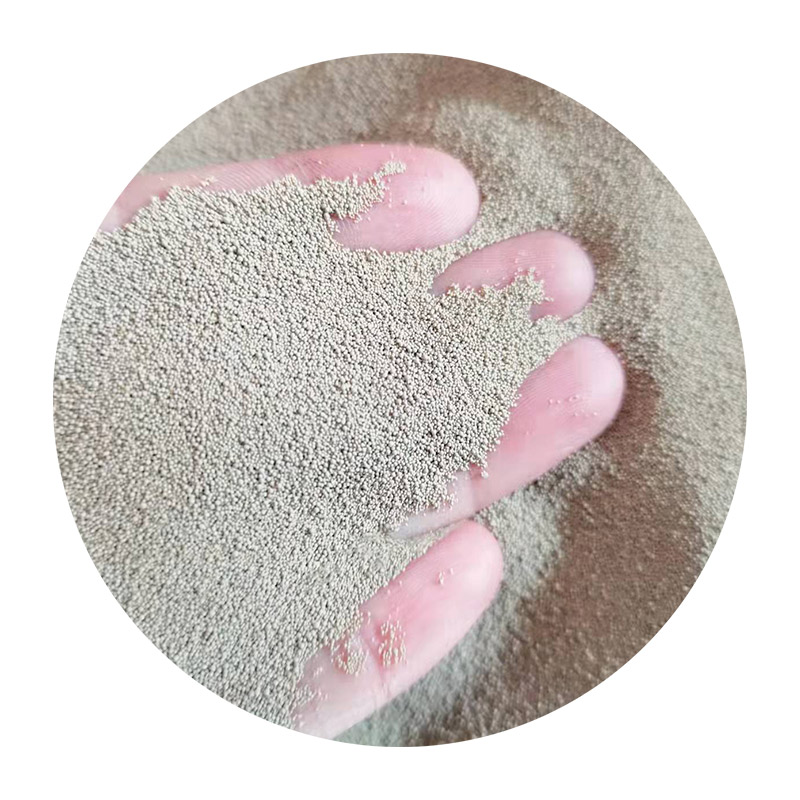Advantages and Disadvantages of Sand Casting
Sand casting is a widely used metal casting process that involves creating a mold from sand to produce components with complex shapes. This technique has been utilized for centuries due to its versatility and effectiveness, but like any manufacturing method, it comes with its own set of advantages and disadvantages.
Advantages of Sand Casting
1. Cost-Effectiveness One of the most significant benefits of sand casting is its affordability. The materials required—sand and metal—are relatively inexpensive, making it a cost-effective option for both small-scale and large-scale production. Additionally, the simplicity of the process allows for lower tooling costs compared to other casting methods.
2. Versatility Sand casting can accommodate a wide range of metals, including aluminum, iron, bronze, and magnesium. This versatility makes it suitable for producing a diverse array of products, from automotive parts to artistic sculptures. The process is also capable of handling complex geometries that might be challenging for other manufacturing methods.
3. Large Size Capability Sand casting molds can be created in various sizes, allowing for the production of both small and large components. This capability is particularly advantageous in industries that require substantial castings, such as aerospace and construction.
4. Reusability of Sand The sand used in the casting process can be reused multiple times, which further reduces material costs. This sustainable aspect of sand casting is appealing in today's environmentally conscious manufacturing environment.
5. Ease of Operation The sand casting process is relatively simple and can be operated with minimal training. This accessibility allows for quicker production ramp-up and reduced reliance on highly skilled labor.
advantages and disadvantages of sand casting

Disadvantages of Sand Casting
1. Surface Finish and Tolerances While sand casting can produce complex shapes, the surface finish typically requires additional machining to meet precise specifications. The inherent porosity of the sand can also lead to a rough surface texture, potentially affecting the aesthetic and functional quality of the final product.
2. Longer Lead Times The sand casting process can be time-consuming, especially when creating molds for intricate designs. This may result in longer lead times compared to other casting methods like die casting, which can significantly limit production speeds for high-demand items.
3. Strength Limitations Although sand casting is robust, the mechanical properties of cast products may not always meet the stringent requirements of high-strength applications. Depending on the metal used and the casting method, the resultant components may exhibit lower strength and durability than those produced via more advanced casting techniques.
4. Moisture Sensitivity The quality of sand molds can be adversely affected by moisture. Excess moisture can lead to defects in the cast product, such as gas holes or blowholes, which compromises the integrity of the component. Careful control of moisture levels is thus critical during the sand preparation and molding processes.
5. Labor-Intensive Process Despite its ease of operation, sand casting can be labor-intensive. The need for manual mold making and metal pouring can lead to higher labor costs and the potential for human error during production.
In conclusion, sand casting remains a popular casting method due to its low cost, versatility, and ability to produce large components. However, manufacturers must weigh these advantages against the potential drawbacks, such as surface finish issues and longer production cycles. By considering these factors, businesses can make informed decisions about whether sand casting is the right choice for their manufacturing needs.
Post time:ធ្នូ . 18, 2024 06:06
Next:cerabead
